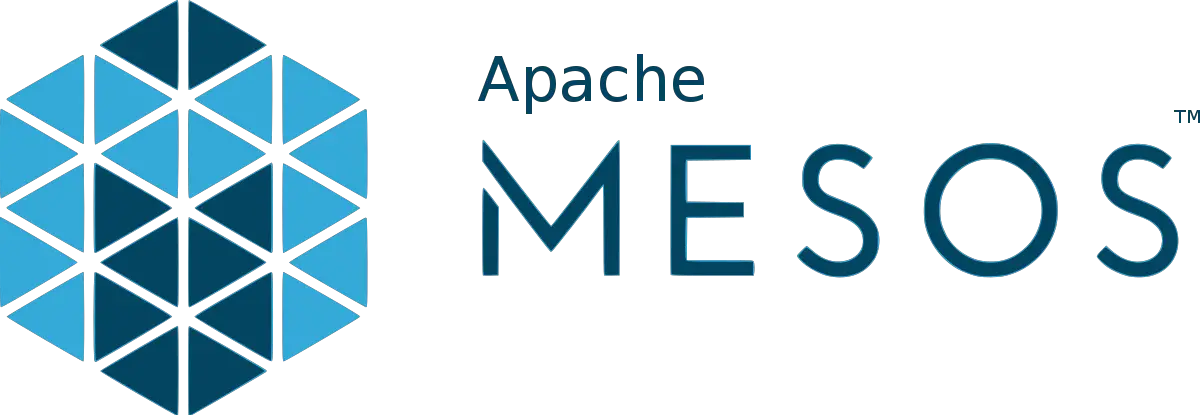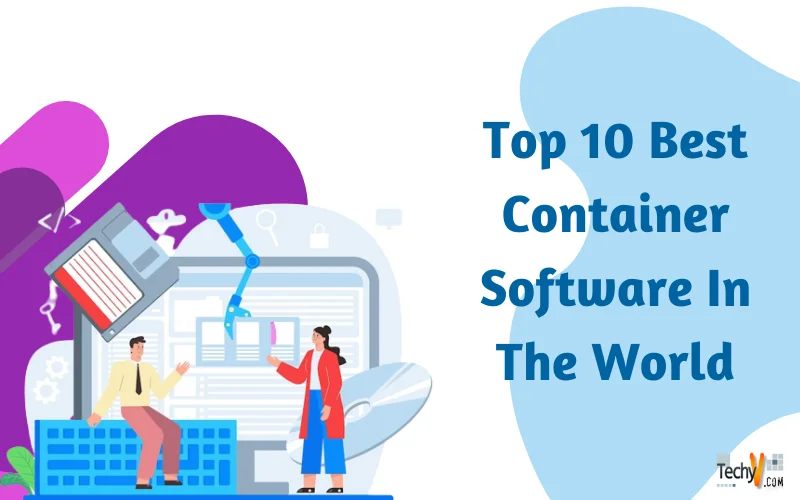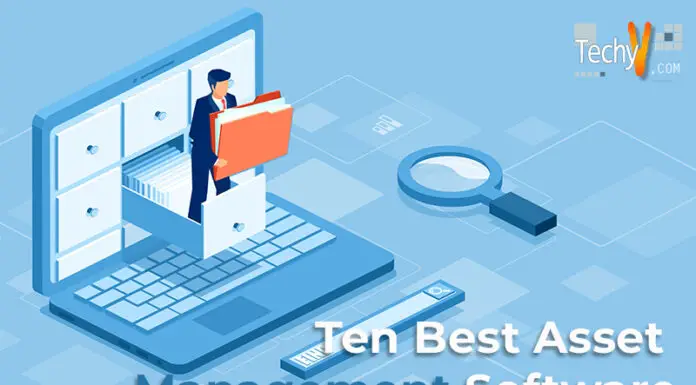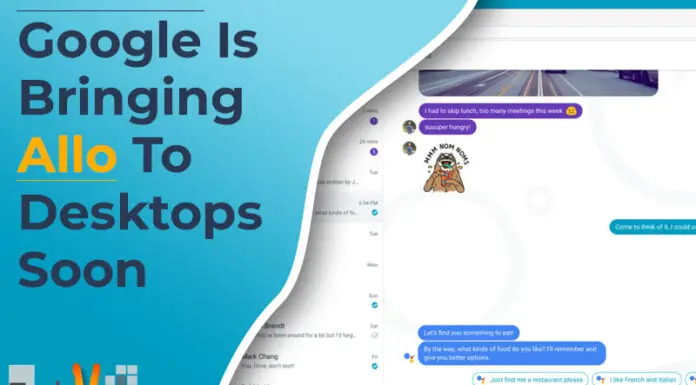Moving application from one environment to another, one machine to another, test box to prod box, or another platform, it is tough to ensure programs operate in the new environment. The software environment is never same. The container software employs the concept of containerization or operating-system-level virtualization.
1. Docker
Docker automates repetitious configuration procedures throughout the development lifecycle to enable rapid, easy, portable desktop and cloud application development. Docker’s platform includes user interfaces, command-line interfaces, APIs, and security built to work together across the application delivery lifecycle. Docker Compose is a tool for developing multi-container applications. Docker integrates with all development tools to provide a seamless development process.
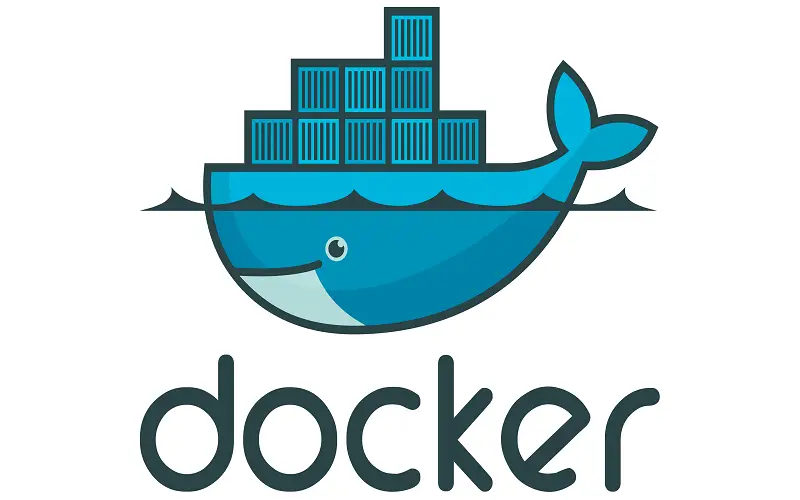
2. AWS Fargate
AWS Fargate is a computing engine that allows running containers without servers or clusters. AWS Fargate eliminates provision, configuration, and virtual machines to execute containers. It removes the necessity to select server types and determine whether to enlarge or optimize cluster packing. Fargate allows to focus on building apps than maintaining infrastructure. It manages container scalability and infrastructure requirements on its own.
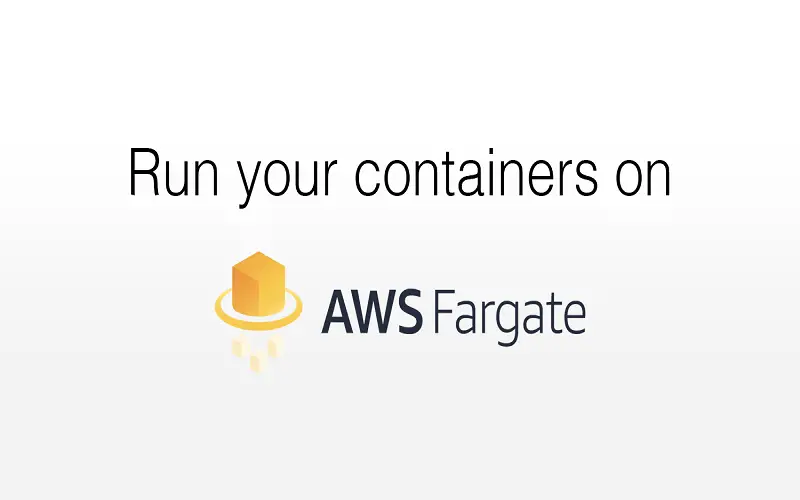
3. Google Kubernetes Engine
A safe and regulated Kubernetes service runs on complicated applications. GKE is a high-performance application platform that runs on stateful and stateless apps. SREs aid in the optimization of GPU and TPU provisioning, integrated development tools, and the acquisition of multi-cluster support through the use of high-availability control planes constituted of multi-zonal and regional clusters. Integrated Cloud Monitoring provides insight into infrastructure, apps, and Kubernetes, allowing faster app development while ensuring security.
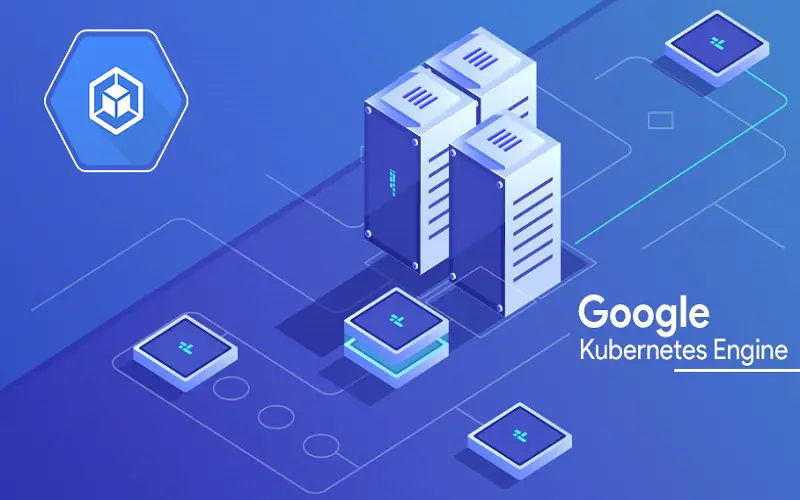
4. Amazon ECS
Amazon Elastic Container Service is easier to develop, manage, and scale applications on AWS. Amazon EKS manages the Kubernetes management infrastructure across several AWS availability zones. Amazon EKS is Kubernetes certified uses tools, plugins from partners and Kubernetes communities. Kubernetes-based apps are compatible with Amazon EKS.
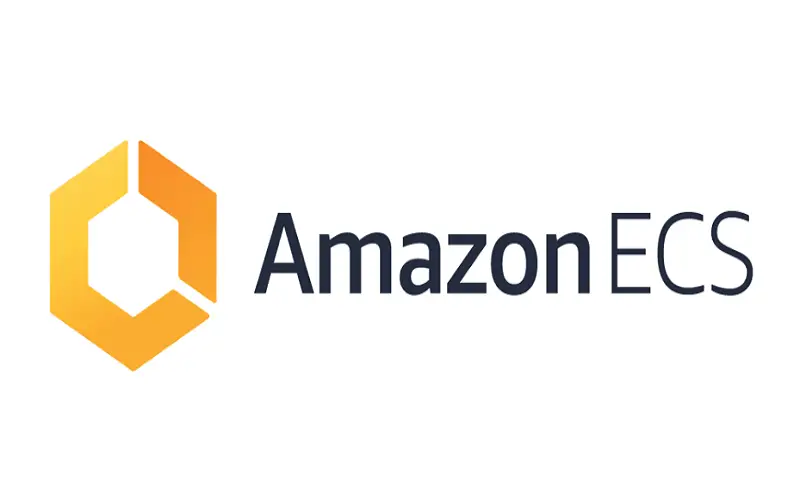
5. Kubernetes
Kubernetes is an open-source technology that automates application deployment, scalability, and management. It groups the containers into logical chunks to make administration and discovery easier. Kubernetes on Google’s 15-year experience managing production workloads. Google run billions of containers and expands without increasing its operations staff. Kubernetes’ adaptability evolves, delivering apps reliably for complex needs.
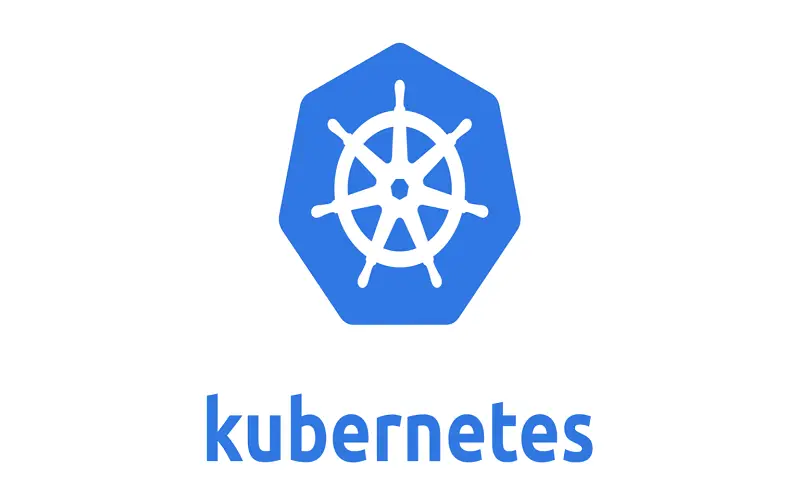
6. Red Hat OpenShift
OpenShift provides a hybrid, enterprise-grade a platform that extends Kubernetes capability to enterprises with the need for controlled orchestration, the framework enables application lifecycle automation. It contains the burden by virtualizing the host with the help of a container. Database, frameworks, and other application services are made simple by OpenShift templates and pre-built images. This platform enables continuous integration and aids enterprises with release management automation.
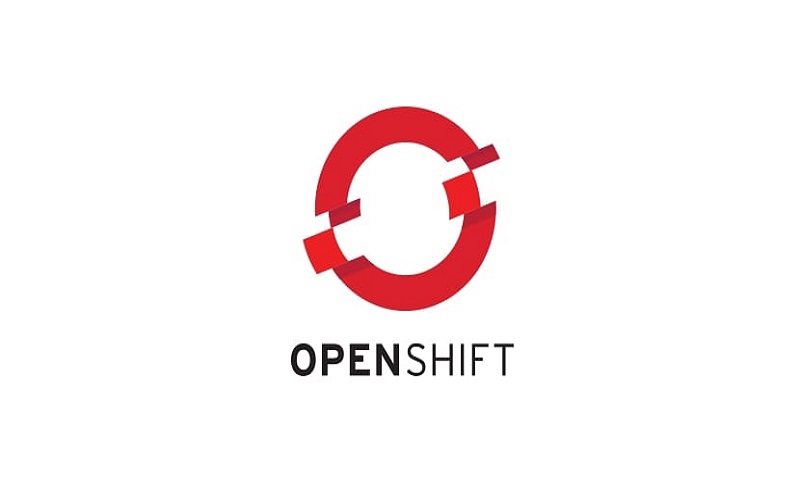
7. Container Linux By CoreOS
CoreOS Container Linux is a lightweight, open-source operating system application based on the Linux kernel. It offers architecture for simple clustered deployments that focus on automation, security, reliability, and scalability. The quays enhance security, and ease of building and deploying additional containers. Cloud-init starts CoreOS machines which makes the program easier to use.
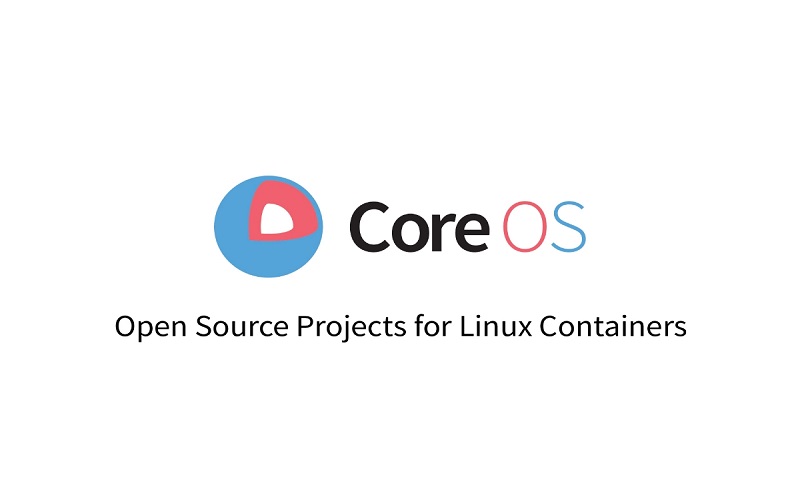
8. Microsoft Azure
It is a managed Kubernetes service that aids clients with containerized application, deployment, and maintenance throughout their lifecycle. The platform is well-versed in continuous integration, delivery, and automation. It is the best option for users who connect to Azure and Microsoft products in their existing corporate toolkits. The policy and cluster management are not automated.
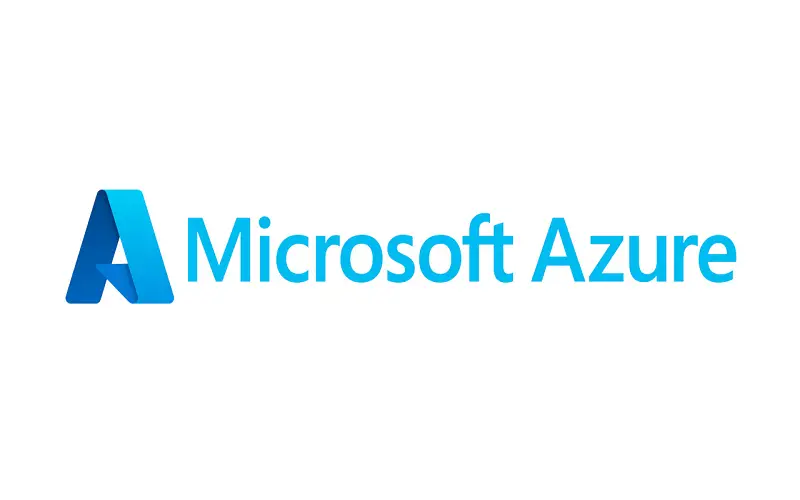
9. Portainer
Portainer is a container management solution for containerized applications that is simple to use. It makes container adoption easier for the entire team, decreasing the value of Kubernetes and Docker. The Portainer user interface enables development, deployment, management, and protection. Portainer Business built on a solid open-source foundation.
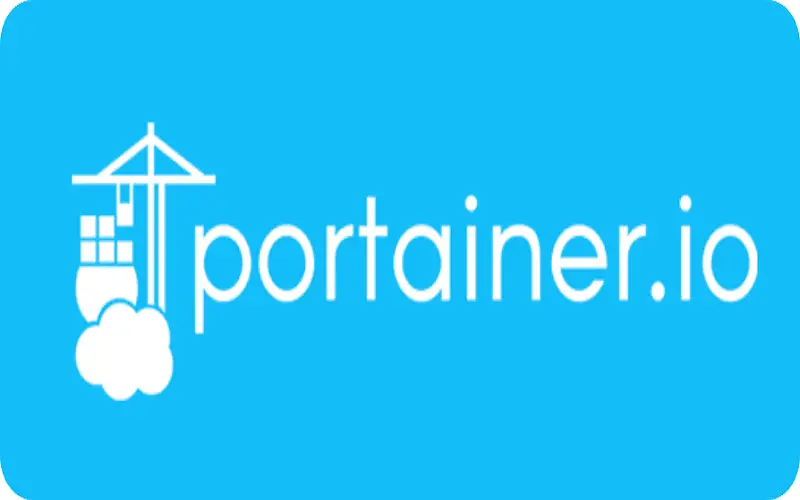
10. Apache Mesos
Apache Mesos is a cluster management system that handles container orchestration. Mesos is a free and open-source platform for resource pooling and allocation, across distributed frameworks. It enables resource allocation by leveraging modern kernel capabilities such as Zones in Solaris and CGroups in Linux. Mesos uses Chronos Scheduler to start and stop service and Marathon API to scale and balance loads. Mesos is a pluggable application that enables developers to define inter-framework rules.
